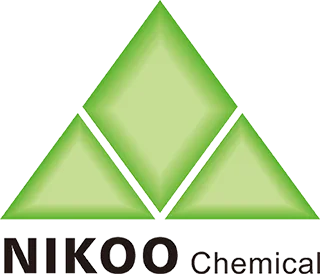Beyond the Burn - Reusability, Sustainability, and Lifecycle Thinking
An increasingly vital consideration in container selection is its lifecycle. What happens after the candle wax is gone? Prioritizing reusability, sustainable materials, and end-of-life options transforms container choice into an act of conscious consumption.
- The Imperative of Reusability:
- Designing for a Second Life: The most sustainable container is one you keep using. Look for vessels inherently designed for reuse: sturdy glass tumblers, elegant ceramic planters, solid metal tins for storage, concrete cache pots. Avoid flimsy, oddly shaped, or branded containers difficult to repurpose.
- Cleaning Considerations: How easy is it to clean out the leftover wax? Wide-mouthed jars are easiest. Containers with narrow necks, intricate shapes, or porous materials (like unsealed concrete) are harder. Freezing wax remnants often aids removal.
- Intrinsic Value: Choose containers beautiful or useful enough that you want to keep them. This prevents them from becoming waste immediately.
- Sustainable Materials & Sourcing:
- Recycled Content: Support brands using recycled glass (cullet) or metal in their containers. This reduces virgin material demand.
- Recyclability: Glass is infinitely recyclable (check local rules, remove wax/metal wick tabs). Aluminum is highly recyclable. Ceramic and concrete generally are not. Look for recyclable packaging too.
- Renewable/Biodegradable: While the container itself might not biodegrade quickly, choosing materials from renewable sources (like glass from sand) is preferable to finite resources. Wood (if used safely with an insert) is renewable/biodegradable.
- Durability: A well-made, durable container lasts longer in its primary or repurposed life, reducing the need for replacement.
- End-of-Life Responsibility:
- Recycling: Properly clean recyclable containers (glass, metal). Remove all wax and wick holders/fragments.
- Repurposing/Upcycling: Get creative! Use sturdy containers for: plant pots (add drainage), pen/pencil holders, makeup brush storage, desk organizers, small item storage (cotton balls, q-tips, spices), tea light holders, or craft supplies.
- Donation: Clean, attractive, reusable containers might be welcomed by thrift stores, schools, or community art projects.
- Avoiding Landfill: The goal. Reusability is the first line of defense, followed by recycling. Thoughtful selection minimizes landfill contribution.
Why this matters: Choosing containers with reusability and sustainability in mind significantly reduces environmental impact. It moves beyond the temporary enjoyment of the candle towards responsible resource use and waste reduction. Prioritizing vessels designed for a long, useful life – first as a candle holder, then as another functional or decorative object – embodies true lifecycle thinking.

Phone: +86 20 36028881
Fax: +86 20 36550567
Email:rebecca@nikoochem.com
WhatsApp: +86 13822397763
Add: No 1718, Airport Rd., Yuncheng St., Baiyun Dist., Guangzhou City, Guangdong, China 510000
